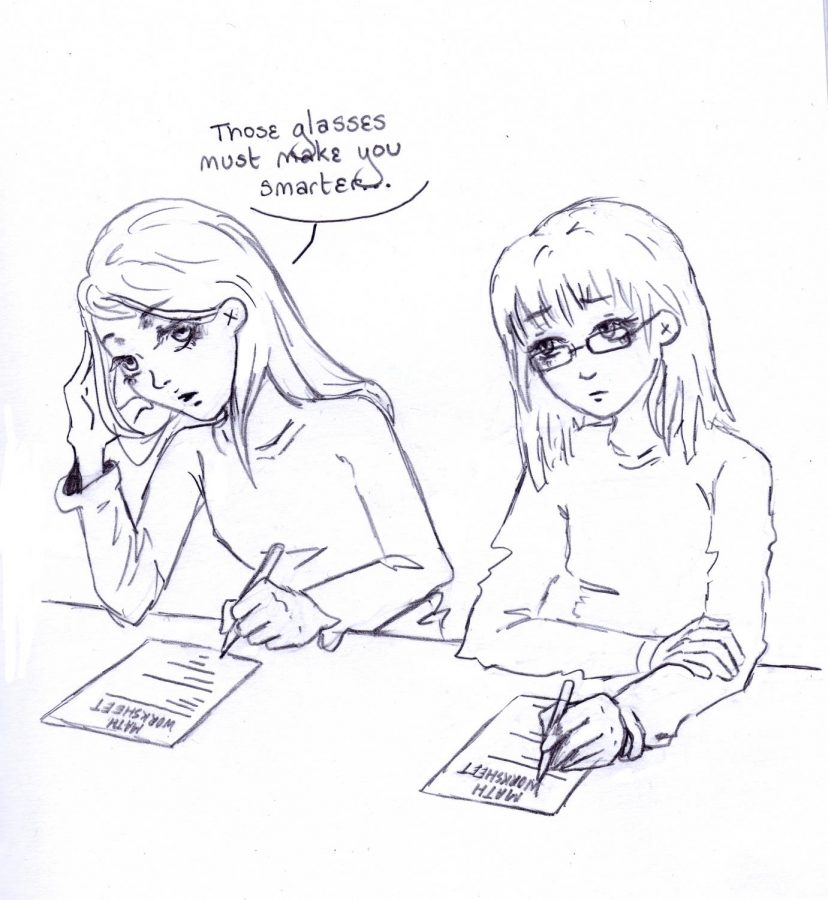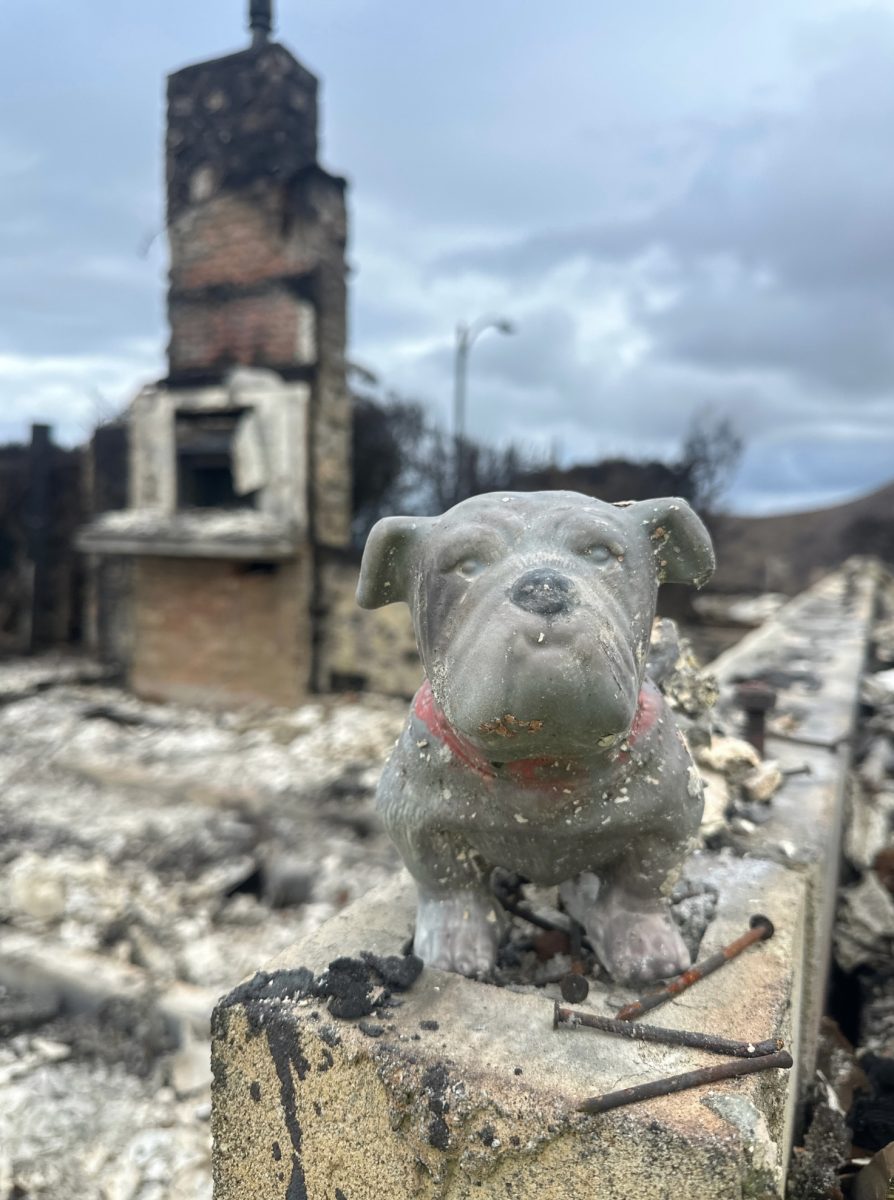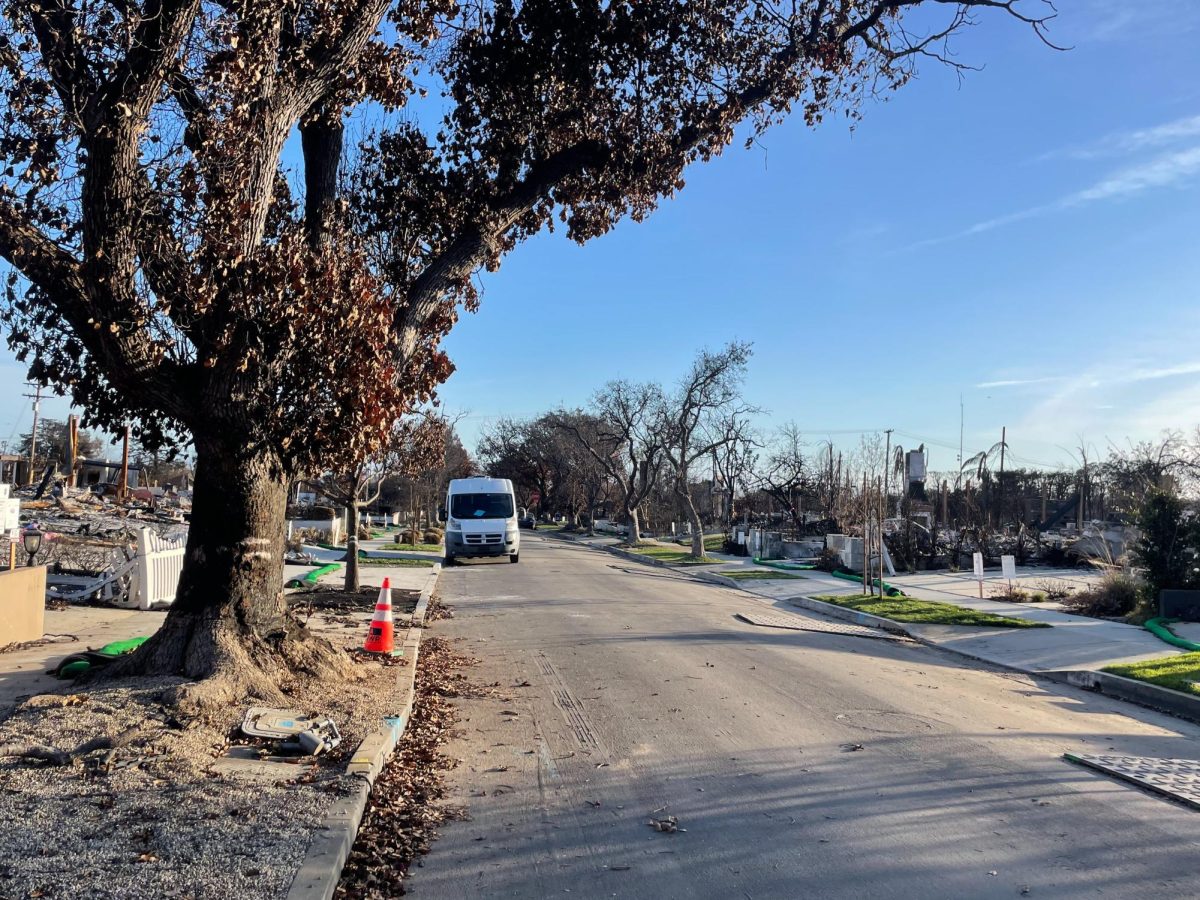Breaking the Stereotype: The Asian-American Struggle
February 21, 2020
I’m a third-generation Korean-American. My paternal grandparents immigrated to the U.S. when my dad was just eight years old and my maternal grandparents immigrated to the U.S. during the Korean War to escape persecution. They came to the U.S. with no money and no knowledge of the language nor the culture.
My paternal grandma worked as a janitor in a hospital, cleaning up blood, vomit and other vile substances. My paternal grandpa stayed in the hard-labor industry, working in a meat-packing factory and as a construction worker. My maternal grandma owned a dry cleaners and worked well into her seventies. They worked incredibly hard to put their kids through college, and my parents worked incredibly hard to get into college.
Now, it’s my turn to go through the college process knowing that my grandparents and my parents worked tirelessly to put me in the position that I’m in. Yet, people seem to attribute the successes earned by generations of hard work solely to my ethnicity.
And sadly, these stereotypes belittle the accomplishments of countless Asian-Americans, not only in high school but in every aspect of life.
Just a century ago, Asian immigrants and Asian-Americans were lawfully deemed to be lesser than white Americans. Characterized as illiterate and undesirable, they were excluded from predominantly white communities. Then, in 1882, they were banned from the United States completely. Signed into law by President Arthur, the Chinese Exclusion Act banned Chinese immigration into the United States and stated that all Chinese immigrants were unqualified for naturalization. A decade later, the Geary Act of 1892 extended the Chinese Exclusion Act for another 10 years and required Chinese immigrants to carry around special documentation. If they were caught without the documents, they were sentenced to hard labor or deportation.
On the morning of Sunday, Dec. 7, 1941, Pearl Harbor, the naval base in Hawaii, was attacked by the Imperial Japanese Navy Air Service causing the death of 2,008 Navy personnel, 109 Marines, 218 Army service members and 68 civilians. Following the strike, thousands of Japanese-American citizens were arrested and incarcerated for no apparent reason. Then, on Feb. 19, 1942, President Franklin D. Roosevelt signed Executive Order 9066, forcibly relocating those of Japanese descent into newly created military zones in California, Washington and Oregon.
The 1942 order led to the internment of about 117,000 people, most of whom were American citizens. America set a chilling precedent for the rest of the world, as Canada, Mexico, Peru, Brazil, Chile and Argentina began to relocate tens of thousands of Japanese residents. California recently issued an apology to Japanese-Americans for the role that the state legislature played in the internment. Coming 78 years too late, the apology did little to heal the physical and psychological wounds that came from the horrific event.
In 1965, a change in the U.S. immigration law gave preference to highly intelligent and highly skilled newcomers, initiating a new wave of Asian immigrants to come to America. Thriving in U.S. schools and workplaces, this new influx of highly qualified Asian workers established the now-common stereotype: All Asians are smart.
Whether they appear to be harmless or are blatantly hurtful, stereotypes manufacture false images of other cultures, shrouding communities and placing preconceived notions in the minds of others. Without even knowing where they originated, people perpetuate stereotypes until they’re ingrained in the subconsciouses of generations.
While this stereotype may seem like a compliment, the sweeping generalization is actually detrimental to Asian-Americans, especially in the college application process.
In his book “No Longer Separate, Not Yet Equal: Race and Class in Elite College Admission and Campus Life,” Princeton sociologist Thomas Espenshade wrote that “to receive equal consideration by elite colleges, Asian-Americans must outperform Whites by 140 points” on the SAT. Evidently, Asians are held to a higher standard than other ethnicities due solely to a flawed stereotype. These students are working just as hard as their peers but are essentially being punished for the success of previous generations who happen to share the same ethnic background.
Half-Korean and half-Caucasian senior Trace Kasick believes that a “better indicator for scores is income level and history of education in the family” as those who can’t afford prep courses and private tutors are put at a disadvantage to those who can. Meanwhile, families who don’t have a history in higher-level education often aren’t able to navigate the application process and college system as well as others. Kasick considers “these two factors more important than the color of someone’s skin.”
According to Pali junior Sarah Kageyama, by reducing an entire continent to a single identity, society succeeds in crushing the individuality of each person and each culture, serving only as means to prejudge people.
Not only does the stereotype strip individual identity, but according to sophomore Lauren Zaidel, it also undermines the successes that Asian-Americans work hard to achieve. She said that when she gave a speech in front of hundreds of people about discrimination, the only response she got from her friends was, ‘“Wow, that was good! It’s because you’re Asian, right?”’ She explained her frustration, saying, “It’s demeaning to insinuate that someone is smart because they’re Asian and not because of their own hard work and merit.”
Even in Pali classrooms, especially math classes, Asian-American students feel the stinging effects of stereotypes. Voicing oft-heard concerns, Zaidel explains that when she gets a good grade on a math test, she’ll often hear her peers talking about how it’s because she’s Asian.
In spite of the many preconceptions, Asian-Americans at Pali take pride in their ethnicity. Kageyama, who is of Japanese, Chinese and American descent, says that “I am very proud of my ethnicities, and I believe they have had a great impact in shaping the person I am today.” She mentions a Japanese saying, “Shikata ga nai,” that roughly translates to “It can’t be helped.” She explains that this saying is the premise for a mindset “of determination and perseverance without complaint” that many Japanese Americans, including Kageyama, take to heart.
Zaidel, who is half-Jewish and half-Vietnamese, says that being Asian is an important part of her life and culture but does not describe her on a personal level. “A takeaway I think is important for today’s youth, we who can make the real change in society, is simply to get to know somebody,” Zaidel says. “It’s not difficult to make a first impression and talk to someone, even for just a short conversation, just to get a small impression of what they’re like before using deep-rooted societal stereotypes to build their profile.”












